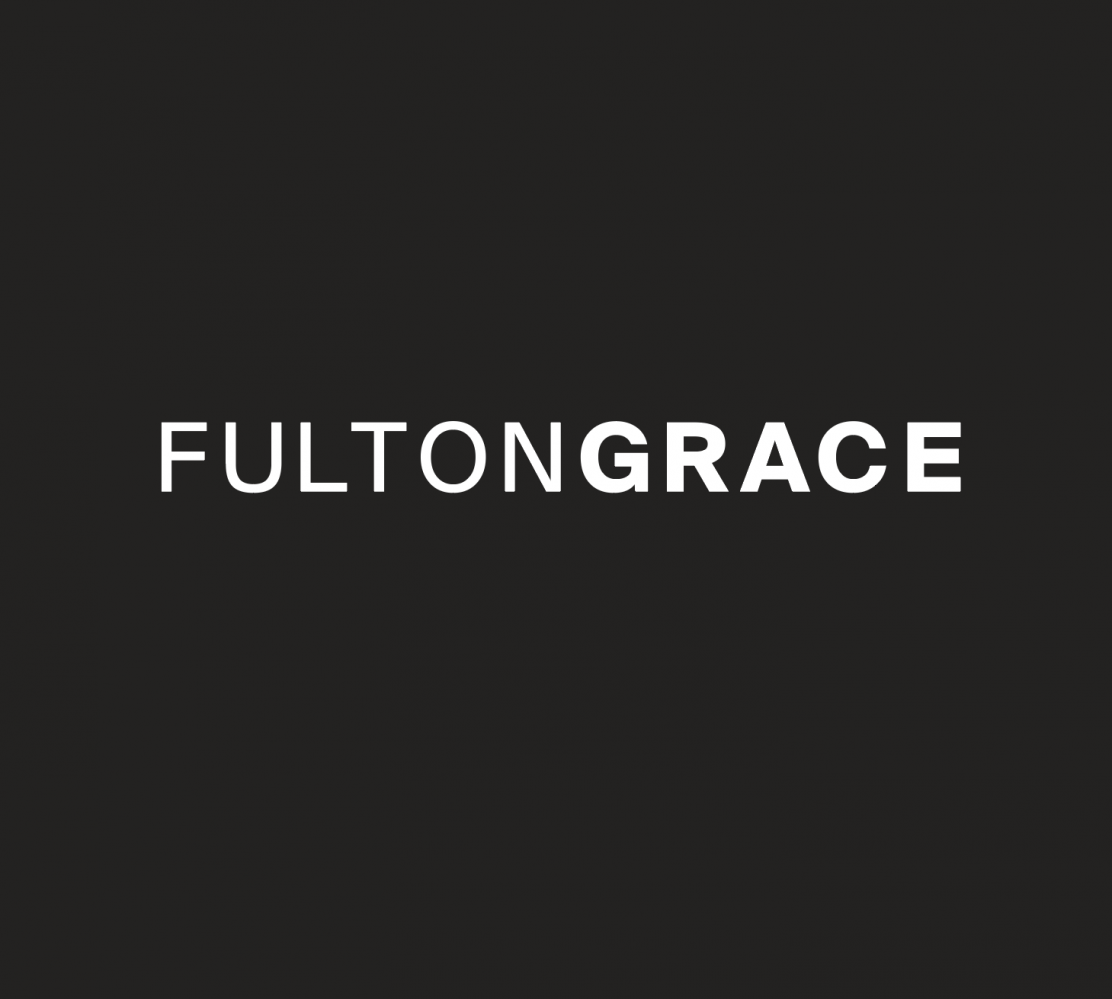Hyde Park is a neighborhood and community on the South Side of Chicago, 7 miles south of the Loop. It sits directly on the shore of Lake Michigan. The story of Hyde Park begins with Paul Cornell, a lawyer and real estate investor who bought most of the land in 1853. Mr. Cornell didn’t start out with much luck coming to Chicago from New York; his entire savings was stolen from him on his first night in town. However, he was a lawyer and a well-connected man.
He bought 300 acres between present-day 51st Street and 55th Street Garfield Boulevard. One of the first things he did was give a portion of the land to the railroad, in exchange for a new station and regular stops for the trains heading back and forth into Chicago. This was the first ‘streetcar suburb’ in the area. One of the first things Mr. Cornell did was build a fancy hotel (later destroyed by fire) and started selling the area as a wealthy and exclusive resort.

By 1861, the population had expanded enough that Hyde Park became an official Township. By 1889, the area was officially annexed into the City of Chicago, which provided even more public transportation options. Mr. Cornell always wanted an institution of higher learning in his area, not unlike Northwestern University in Evanston. This came true with the construction of the University of Chicago campus in 1891. More growth ensued.

This positive momentum only grew as Hyde Park hosted the World’s Columbian Exhibition in 1893, better known as the World’s Fair. Charles Atwood’s ‘Palace Of Fine Arts’ was later converted into the Museum of Science and Industry. Even more upscale hotels were built, making the area even more into a resort getaway space. As the areas nearby fell into economic decline, the proximity to the university kept Hyde Park in fairly good shape. When the Supreme Court struck down racial restrictions on housing areas in the 1940s and 50s, Hyde Park became quite diverse.

Unlike in nearby areas, the University of Chicago intervened to make sure the area stayed economically stable. In the 1980s and 90s, as the surrounding neighborhoods began to bounce back, the old racial and economic lines dividing the area began to move and in some cases disappear altogether. Of course, the University of Chicago continued to expand, and the area received another bit of positive news when former president Barack Obama chose Hyde Park as the location for his Presidential Center and Library.

Hyde Park is a beautiful and diverse area that also has the benefit of being near both the lakeshore and a world-class institution of higher learning.
WHO IS FULTON GRACE?
We are one of Chicago’s leading providers of comprehensive real estate services. We are home to an ever-growing team of savvy & reputable local realtors, seasoned property managers, and customer-service-oriented staff. Whether you’re looking to find a new home, sell your home, or have your property managed, let us be your trusted real estate advisors.
